Teaching Climate Change in the Middle Grades
In the days of selfies and social media mania, it is often a difficult job getting middle schoolers to look up instead of down. When I first introduced the topic of climate change to my students, the reactions were mixed. But, most importantly, several heads looked up.
Climate change in the classroom has gained great momentum and for good reason. What more real of a problem can there be than the state of our planet? And what better a subject to let our young people tackle? The environment of the future will be theirs to live in after all.
Facilitating science-based research around real world problems empowers students not only through the skills they acquire from this type of work but from the subject knowledge they gain.
Introducing climate change into the classroom science curriculum also allows students to see how much of a difference they can make not only on their school campus but in their larger community. That makes the work important.
Investigating climate change, understanding human activities that contribute to climate change, and formulating strategies to slow climate change down is also now included in the middle school Next Generation Science Standards. A core idea in Earth Science is ESS3.D: Global Climate Change which addresses how people model and predict the effects of human activities on Earth’s climate.
A Climate-Action Super Hero Saves My Day
At first, I was intimidated. Climate change is such a huge topic with so many different avenues and tangents to explore. After assessing students’ prior knowledge through discussion and reflection activities, I happened upon the Green Ninja videos.
Green Ninja is an organization based out of San Jose State University that revolves around a fictional climate-action super hero. The organization was originally funded with a National Science Foundation grant and uses research on student motivation to encourage interest and engagement in climate change. Besides an NGSS-aligned middle school curriculum, Green Ninja also offered free, humorous videos on YouTube (and now organized on their own website).
The superhero concept took me back to my own childhood, watching episodes of Captain Planet, an environmental superhero in his own time. One of the first Ninja videos I showed my students was Footprint Renovation.
In this video an average homeowner awakens to find that his feet are swelling in size. The viewer is shown several areas in the house that could use some eco-friendly renovation. For example, the window is open and the heat is on. All of the homeowner’s electronics have been left on. There is no recycling or compost bin, and the garbage is overflowing. Our superhero, Green Ninja, arrives to save the day (well, in this case, the night) and there is a direct visual correlation between the renovations being made and the decrease of swelling in the homeowner’s feet.
I used this short video as an entry event to a new unit and followed the video with partner talk around a simple open-ended question, “What was that all about?” I remember the room bursting into conversation, each table of students talking about what they saw, what they liked and what it could possibly mean. I had them hooked.
Making It Personally Relevant
Climate change can be an abstract concept, so one of my goals was to make it personally relevant to my students. I challenged my sixth grade students to look at how they and their family contributed to carbon emissions, how they could lessen their impact, and things they were already doing to lessen impact.
One way they did this was to collect energy-use data from their own homes over one four-week period. Based on their analysis, they designed an energy reduction plan for their household. They then worked with their family to implement the plan and collected data again over another four-week collection period to measure their reduction in energy use.
Later on in that same unit, students took a carbon footprint quiz. There are many that are available for free. Here are a couple: the Cool Climate Network at UC-Berkeley, the PBS Kids Zero Footprint youth calculator, and the EPA climate calculator. Some are more student-friendly than others.
I then combined portions from a few different lessons at the TeachEngineering website to put together a research assignment where students collaboratively collected current data on factors that influence our carbon footprint, such as transportation choices, appliance choices, and food choices. I asked each student to decide on a factor that was of the most interest to them.
Once our research block was over, I asked them to put themselves together into groups of four with others who’d selected the same factor. The groups worked collaboratively to synthesize their individual research into one combined and complete presentation.
Communicating Their Knowledge
I then asked my student groups to share their presentations with two different audiences. Their first audience were third graders who were also learning about making good environmental choices. The sixth graders had to know their content and deliver it well. With an audience of third graders they couldn’t just read lines of data or pages of facts. Some groups made posters and others brought in props. Still other groups wrote fictional stories with the new information embedded.
The students’ second audience was adults. Their presentations had to contain not only research data and facts but also real, logical, feasible solutions to lowering carbon footprints. Students were given choice as to how they would present: posters, Google slideshows, speeches with artifacts or even Powtoons (a platform where you can make your own digital video or presentation). This presentation to adults was their second and final graded assessment.
To ensure students knew what to expect and what they’d be graded on, I used rubrics from the Green Ninja curriculum and also borrowed elements from rubrics created by the Buck Institute for Education which specializes in project-based learning. The BIE rubrics can be daunting if you’ve never used them before, but it’s easy enough to adapt them to your students and your projects.
It’s OK to Jump In
Tackling climate change in the science curriculum was new to me. It was not easy. But one of my biggest tips to other educators is to remember it’s okay to try something new and not know it one hundred percent. Just as we give our students time to improve on their skills, we also need to give ourselves time to improve our skills. Sometimes that means jumping in with both feet and taking on problems as they come.
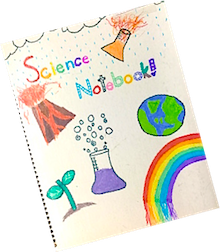
Did I feel my students had an engaging experience? Absolutely! Heck, I had an engaging experience! Did my students feel they had an engaging experience? Definitely.
In the end, out of the 90 students I taught that year, about 20 students demonstrated they were committed to continuing to take action to lower their carbon footprints. And while I would be lying if I didn’t say I hoped to get through to many more, I remembered to practice what I preach and take the advice I often give students, “If we each do something small, together we can do something big.”
So after my first year it was 20 students, but next time around it might be thirty. Knowledge is contagious. Even a modest number of students changing their actions and leading by example still equals a big win for the planet!
Resources
Buck Institute for Education (www.bie.org): A nonprofit and leader in project-based learning. Several free resources, including collaborative work rubrics and project-planning tools, can be found on their website. They also offer professional development for teachers.
Cool Climate Network, U.C. Berkeley (https://coolclimate.org/maps): There’s an interesting CoolClimate interactive map where visitors can explore “Average Annual Household Carbon Footprint by Zip Code.”
Green Ninja (www.greenninja.org): An NGSS-aligned middle school science provider and creator of many great free videos. With Green Ninja, each unit of instruction includes phenomena, hands-on activities and projects that allow students to use science and engineering to create their own environmental solutions. Green Ninja is a Benefit Corporation that grew out of an NSF funded academic research project at San Jose State University that identified key elements to support student engagement and success in science.
PowToon (www.powtoon.com): A digital animated presentation tool that can be used by students to create Public Service Announcements, 100-word presentations, animated cartoons and educational presentations. Great for teachers to use to flip instruction too.
National Environmental Education Foundation (NEEFusa.org): Supports environmental literacy; published the 2015 NEEF Environmental Literacy Report.
Teach Engineering (https://www.teachengineering.org/): Great collections of supplementary lessons focused on how to use engineering in the classroom.
____________________________
Angela Duke is a fifth-grade teacher at Northwest Expedition Academy in Hayden, Idaho. She previously taught sixth grade Language Arts and Science in San Jose, California. She is passionate about project-based learning and strives to give her students as many hands-on experiences as possible. Her goal every year is to develop a growth mindset in her class and take away any stigma of science being “too hard.”

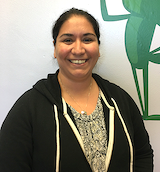
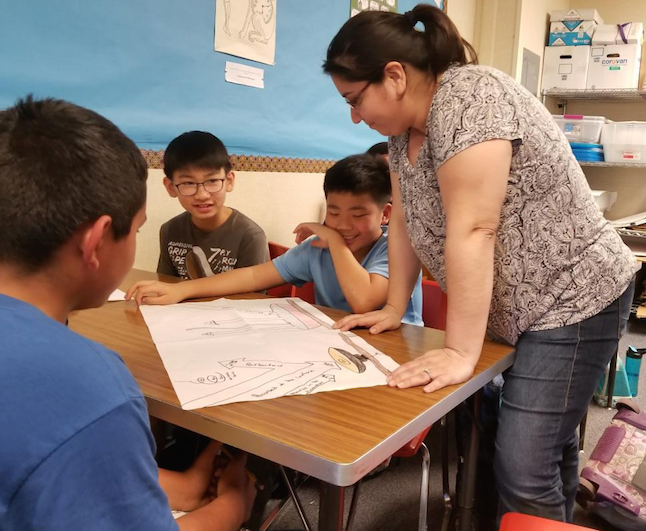
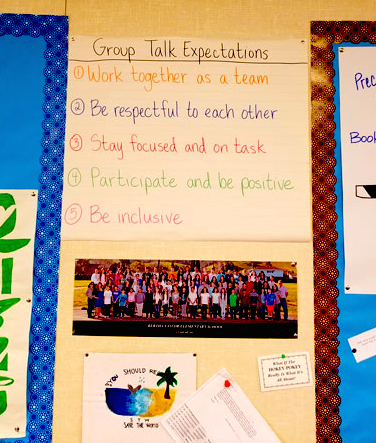
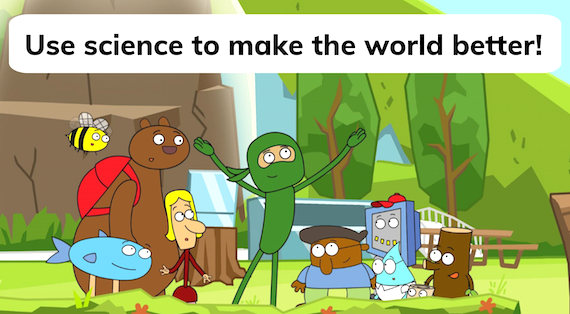






























A way to make this unit even more powerful: If you can, make it interdisciplinary with your Social Studies teacher(s). Brown University’s Choices Program offers a fabulous curriculum unit that deals with the history of climate science and has students debate where international priorities should lie. It fits VERY well with any sort of current events/geography curriculum!
Thank you for this informative and motivating post. I have been dabbling in the topic of climate change with my students and I haven’t felt fully satisfied with what we’ve been doing. You post gives me a starting point and a journey that I could adapt with my own students. Cheers!